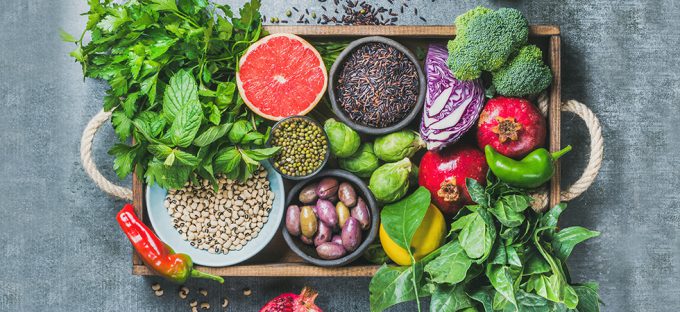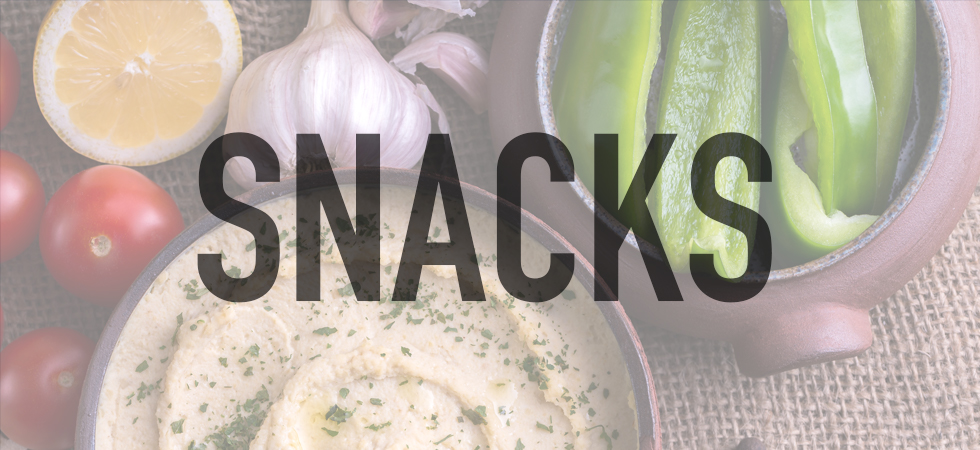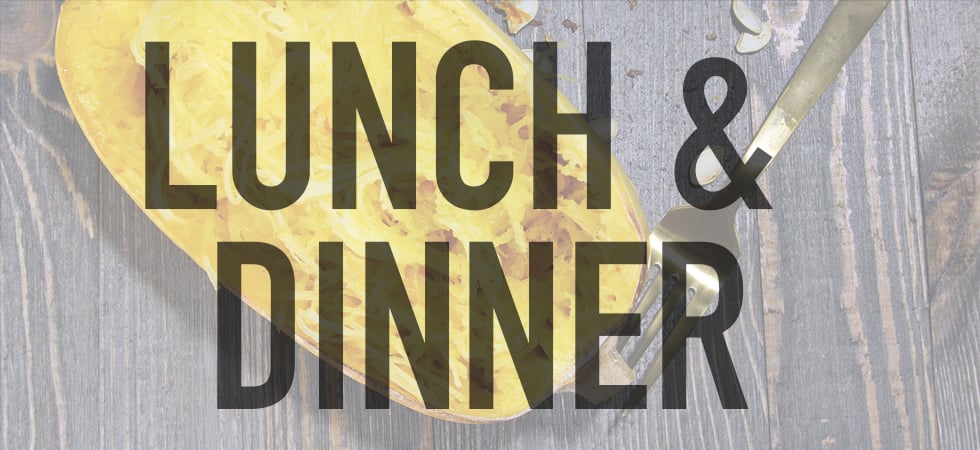10 Ways to Go Beyond Gluten-Free
Going gluten-free? No doubt you’re experimenting with gluten-free alternatives of your favorite foods. However, as discussed in my prior post, “Going Gluten-Free? Don’t Make This Mistake!” relying on gluten-free packaged foods can take a toll on your budget, blood pressure, waistline, and digestion. The alternative? Rather than swapping out one package for another, shift your diet away from processed foods and toward more whole foods.
If your goal is to improve your health, an upgrade to a whole foods diet is a smart start. Many people find the approach so satisfying that they don’t want to go back to their prior diet. So don’t just go gluten-free. Go beyond gluten-free!
Reference:
- Guasch-Ferré M, Bulló M, Martínez-González MA, et al. Frequency of nut consumption and mortality risk in the PREDIMED nutrition intervention trial. BMC Med. 2013;11:164.
- Ros E. Nuts and CVD. Br J Nutr. 2015 Apr;113 Suppl 2:S111-20.
Leave a reply












